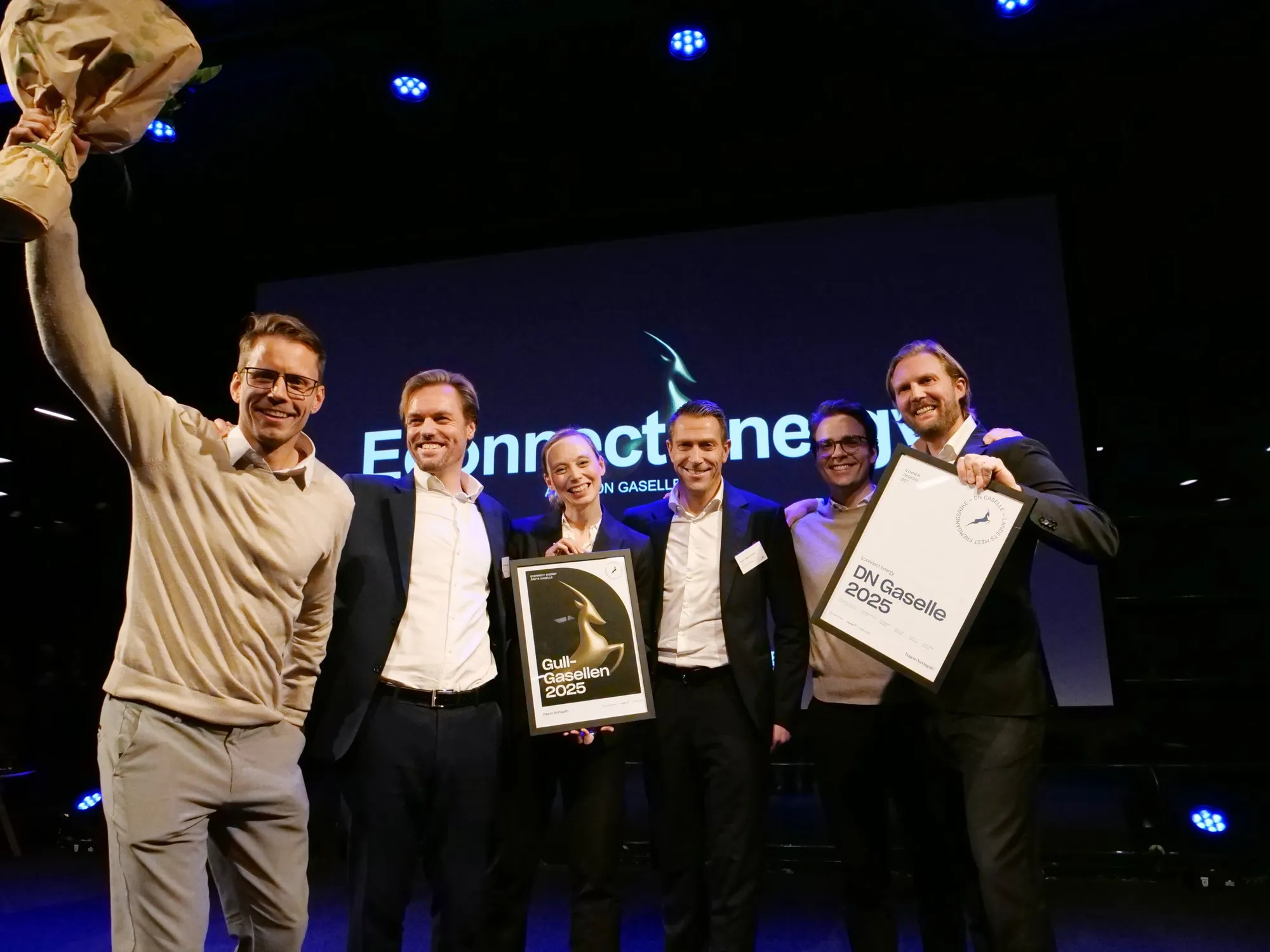What is regasification of LNG?
For transport over large distances or when pipelines for natural gas are not available, the gas can be transported as liquified natural gas (LNG).
Regasification is the process of converting the gas back to gaseous state by heating the liquified gas.
Natural gas is commonly transported and stored in liquid state. In this state, the volume of natural gas decreases by about 600 times compared to its gaseous state.
By cooling the gas down to approximately -162°C, the gas condensates and becomes liquid. Regasification is the process of converting the gas back to gaseous state by heating the liquified gas.

Lng to gas conversion methods
Several methods can convert LNG to natural gas. Here are three examples:
- A regasification plant can use a heat exchanger. It uses sea water to heat the natural gas. This process changes the gas from a liquid to a gas.
- You can also use air vaporizers in conjunction with several large fans that push air through heat exchangers to vaporize the LNG.
- During periods of high demand, operators might also accelerate regasification by using underwater burners that run on natural gas.
LNG Vaporizers
Vaporizers are one of the various methods used to transfer heat to the liqufied natural gas.
Four of the most common vaporization methods are:
- Ambient Air Vaporizers (AAVs) – as examplified above. Known as an eco-friendly option.
- Open Rack Vaporizers (ORVs). Often used in large-scare, onshore processes.
- Submerged Combustion Vaporizers (SCVs). Often apllied when sea water is not available.
- Intermediate Fluid Vaporizers (IFVs) Fluid heated by water og air – E.g. propane.
Where in the LNG process does regasification take place?
To use the LNG as fuel (and for other use cases), someone must convert the LNG back to a gaseous state.
Typically, this process takes place at large import terminals where LNG carriers discharge their LNG cargo. At these terminals, the gas is stored at liquid state in tanks, and regasified before it is transferred as natural gas to the end user through a pipeline gas network.
Alternatively, the LNG can be transported further by truck, rail or smaller ships and regasified closer to the consumers.

Regasification infrastructure
Traditionally, gas would be transferred from the LNG carrier in liquid form to the LNG terminal where the regasification would take place using onshore regasification technology.
Today, floating solutions are becoming increasingly common. In the following sections, two of these terminal technologies will be described.
Onshore regasification
At an import terminal with onshore regasification, LNG is received from an LNG carrier and is stored in large onshore tanks and regasified at the import terminal.
Alternatively, a floating storage unit (FSU) can be used to store the LNG before regasification onshore.
Another solution is to connect an FSU to a regasification-module placed on the jetty next to the berth.
At onshore regasification terminals, air vaporizers (AAVs) and submerged combustion vaporizers (SCVs) have been the most common technologies.
Onshore regasification terminals are sometimes placed in the proximity of power plants or industrial plants. That is so they can exchange heat to vaporize the LNG with cooling energy, for the plants to increase the total efficiency.
Floating storage and regasification
A floating storage and regasification unit (FSRU) is a floating terminal with storage and regasification facilities.
These units can either be specifically designed for the purpose of storing and regasifying LNG, or be modified LNG carriers.
Instead of using one single floating installation, the FSRU for both storing and regasifying LNG, it is possible to separate these actions, and perform them in two separate units.
The two components are:
- the floating storage unit (FSU)
- the floating regasification unit (FRU)
In total, they perform the same task as the FSRU.
Pipelines or hoses which transfers LNG and excess BOG, make out the interface between the two units. This solution can be cheaper than utilizing an FSRU and make a good fit for areas with calm waters.

A shift towards floating terminals
Building an onshore regasification terminal is a large, long-term investment which requires certainty of continuous supply of LNG.
An FSRU on the other hand can be time chartered, moving capital expense to operational expense. Conversion of old LNG carriers to FSRUs also allow for short lead times.
However, restrictions on FSRUs include capacity limitations and lifespan, where it in many cases will be surpassed by an onshore regasification terminal.
Due to its relatively reasonable price and short time from FID to utilization, the FSRU is becoming increasingly popular. We predict FSRUs to play an important role in conjunction with future LNG technology.



.png)



